In the world of filmmaking, the way you present your story visually is just as important as the story itself. This is where framing and composition come into play.
These two concepts are essential tools for filmmakers to create engaging and compelling films. In this guide, we will explore the differences between framing and composition, their importance in the film, the various types of framing and composition, and the rules that govern these concepts. So, let’s dive into the fascinating world of framing vs composition in filmmaking.
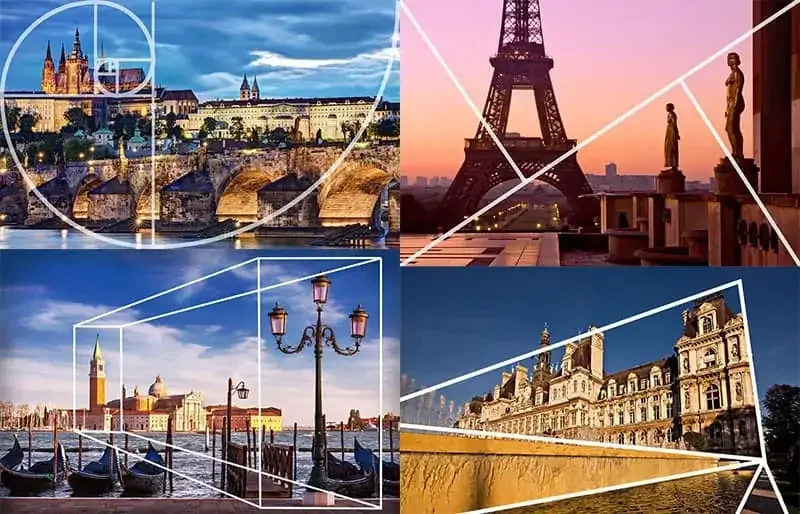
Table of Contents
What is Framing & Composition in Film?
What is Framing in Film?
Framing in the film refers to the way a scene is captured by the camera, specifically in terms of how the subjects and objects within the scene are positioned and arranged within the frame.
Framing helps to determine the visual structure of the shot and can convey information about the characters, their emotions, and their relationships with one another.
What is Composition in Film?
Composition, on the other hand, refers to the overall arrangement of visual elements within a frame, including the subjects, objects, and the background. Composition is closely related to framing and is an essential aspect of visual storytelling. It helps to guide the viewer’s eye, create a sense of balance and harmony, and evoke specific emotions and moods.
The Importance of Framing Vs Composition in Film
Both framing and composition play a crucial role in filmmaking, as they help to:
Set the Tone
The way a scene is framed and composed can establish the overall tone and mood of the film. For example, a symmetrical composition can create a sense of order and harmony, while an asymmetrical composition can evoke feelings of tension and chaos.
Convey Meaning
Framing and composition can also convey meaning and symbolism, as they help to visually represent the themes, ideas, and emotions present in the story. For instance, a character framed in a tight close-up may convey a sense of isolation, while a wide shot may suggest freedom or detachment from the surroundings.
Create Emotional Impact
The emotional impact of a scene can be significantly enhanced through effective framing and composition. By skillfully arranging the visual elements within the frame, filmmakers can draw the viewer’s attention to specific details, evoke certain emotions, and highlight the relationships between characters and their environment.
Types of Framing in Film
There are several types of framing in film, each with its own unique purpose and effect on the viewer. Some of the most common types of framing include:
Close-ups
Close-up shots focus on a specific subject, usually a character’s face, to emphasize their emotions and expressions. This type of framing is useful for creating intimacy and drawing the viewer’s attention to the character’s inner thoughts and feelings.
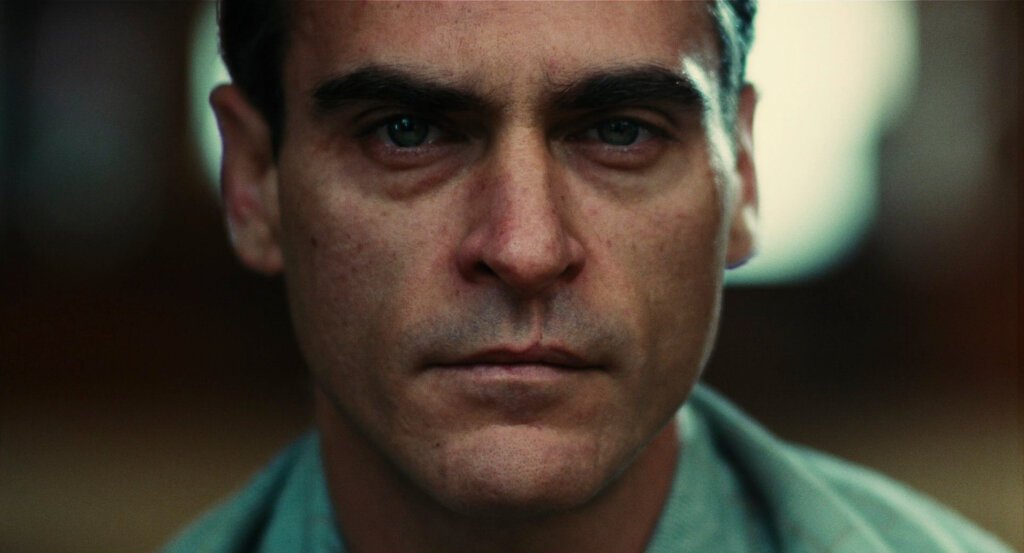
Medium Shots
Medium shots, also known as mid-shots, capture a character from the waist up, providing a balance between showing the character’s emotions and their surroundings. This type of framing is often used for dialogue scenes, as it allows the viewer to see both the characters’ expressions and their body language.
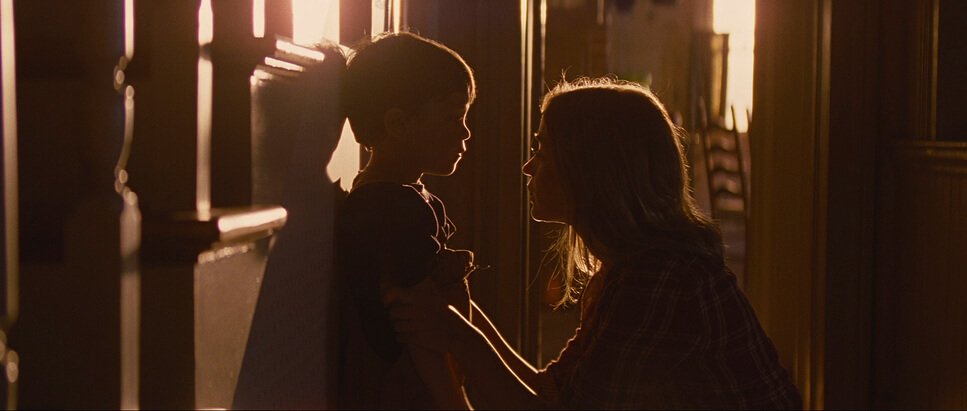
Long Shots
Long shots, or wide shots, show the entire scene, including the characters and their environment. This type of framing is useful for establishing the setting and providing context for the story.
Long shots can also create a sense of scale and give the viewer an understanding of the character’s position within the larger world.

High Angle Shots
High-angle shots are taken from a position above the subject, looking down on them. This type of framing can make the subject appear smaller, weaker, or more vulnerable, and can be used to create a sense of power imbalance between characters.

Low Angle Shots
Low-angle shots, on the other hand, are taken from a position below the subject, looking up at them. This type of framing can make the subject appear larger, more powerful, or more dominant, and is often used to convey a sense of authority or superiority.
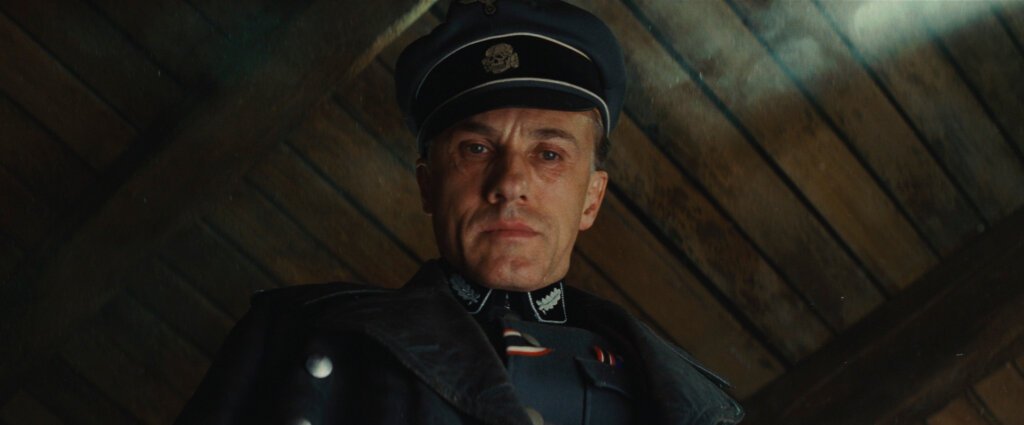
10 Rules Of Framing & Composition
Now that we’ve explored the basics of framing and composition, let’s delve into some specific rules that can help you create visually stunning and engaging films.
Keep in mind that these rules are not set in stone and can be broken or adapted to suit your unique storytelling needs.
Just like framing, there are various types of composition in film, each with its own unique effect on the viewer. Some of the most common composition techniques include:
1. Rule of Thirds
As mentioned earlier, the rule of thirds is a fundamental composition principle that can help you create balanced and visually pleasing images. The rule of thirds is a fundamental composition principle that divides the frame into nine equal parts, with two horizontal lines and two vertical lines crossing the frame.
By placing important elements along these lines or at their intersections, filmmakers can create a more visually pleasing and balanced composition.
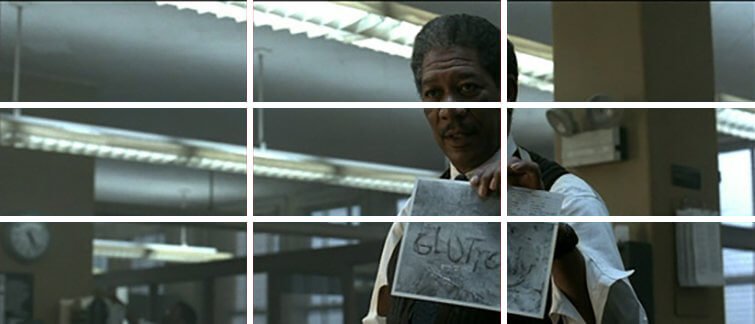
2. Leading Lines
Utilize leading lines to direct the viewer’s attention toward specific points or subjects within the frame. This can help to create a sense of depth, movement, and direction within your composition.
These lines can be natural, such as fences or roads, or they can be created through the arrangement of objects within the scene. Leading lines can help to create a sense of depth and direction within the frame, making the composition more dynamic and engaging.

3. Balance and Symmetry
Balance and symmetry refer to the even distribution of visual elements within the frame. A well-balanced composition creates a sense of harmony and stability, while an unbalanced composition can evoke feelings of tension or unease.
Symmetrical compositions, in which both sides of the frame mirror each other, can create a sense of order and perfection, while asymmetrical compositions can add visual interest and complexity.
This can be achieved through the careful arrangement of visual elements within the frame, as well as the use of centered compositions and symmetrical arrangements.
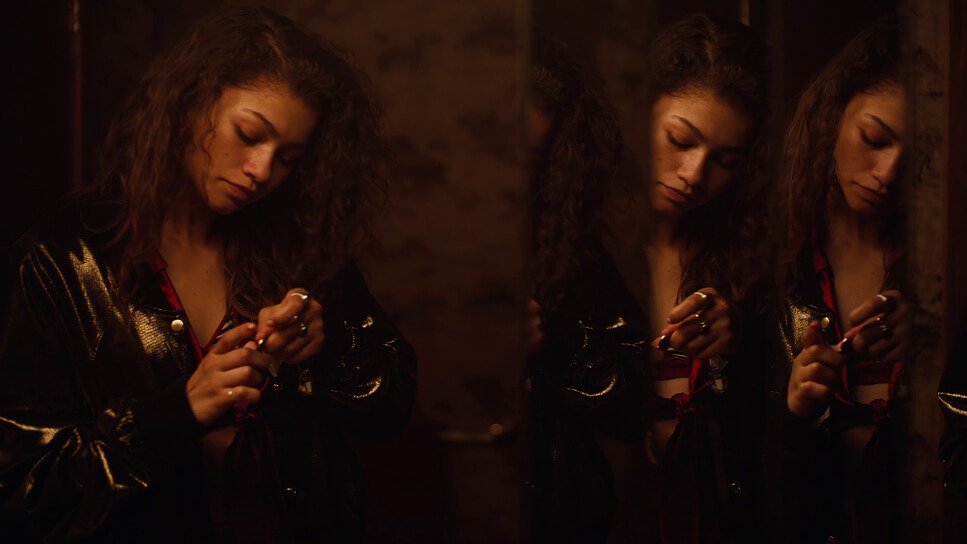
4. Depth
Experiment with depth of field to create a sense of separation between your subject and their surroundings. This can help to draw attention to specific elements within the frame and create a more immersive viewing experience.
Depth of field refers to the range of distance within a scene that appears in focus. A shallow depth of field, in which only a small portion of the scene is in focus, can be used to draw attention to a specific subject and create a sense of separation between the subject and the background.
A deep depth of field, in which the entire scene is in focus, can create a sense of realism and allow the viewer to explore the entire frame.

5. Frame within a Frame
The frame-within-a-frame technique involves using elements within the scene to create an additional frame around the subject. This can help to draw attention to the subject, add depth to the composition, and create a more visually interesting image.
Examples of frames within a frame include shooting through a window or doorway or using natural elements like trees or archways to frame the subject.
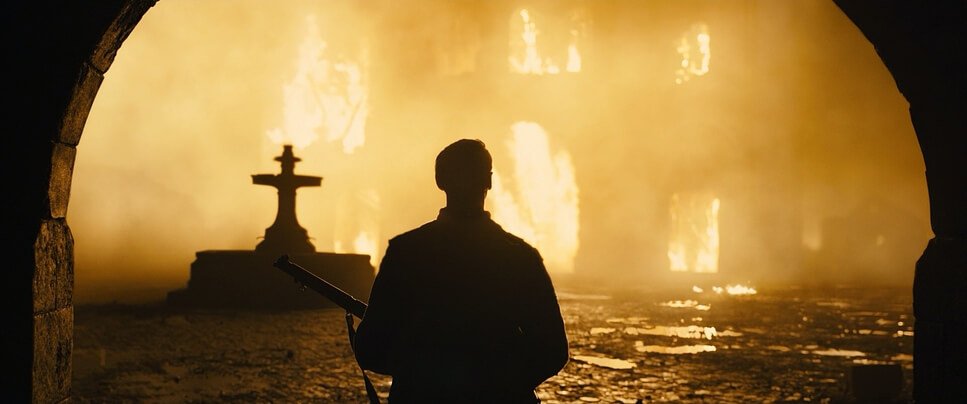
6. Centered Composition and Symmetry
Centered compositions, in which the subject is placed directly in the center of the frame, can create a sense of balance and harmony. Symmetry is often used in conjunction with centered compositions to create a visually pleasing and even image.
Employ centered compositions and symmetry sparingly to create a sense of balance and harmony within your frame. However, be mindful not to overuse these techniques, as they can become monotonous or predictable if used excessively.
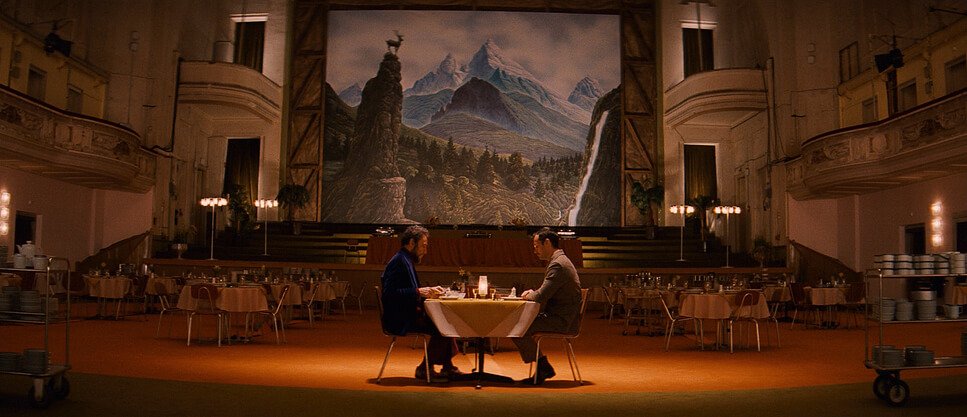
7. Experiment with Different Perspectives
Don’t be afraid to break the rules and experiment with different perspectives, angles, and framing techniques to create unique and visually captivating compositions. By stepping outside of your comfort zone and trying new approaches, you can discover innovative ways to tell your story and convey your message through film.
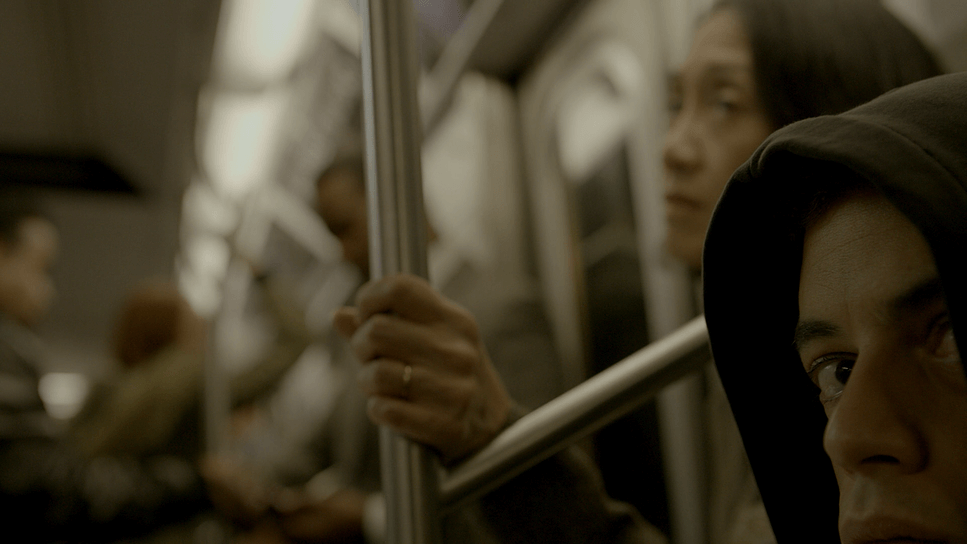
8. Pay Attention to Lighting
Lighting plays a crucial role in framing and composition, as it can dramatically affect the mood and atmosphere of a scene. Be mindful of the direction, intensity, and quality of light within your frame, and use it to enhance your composition and storytelling.
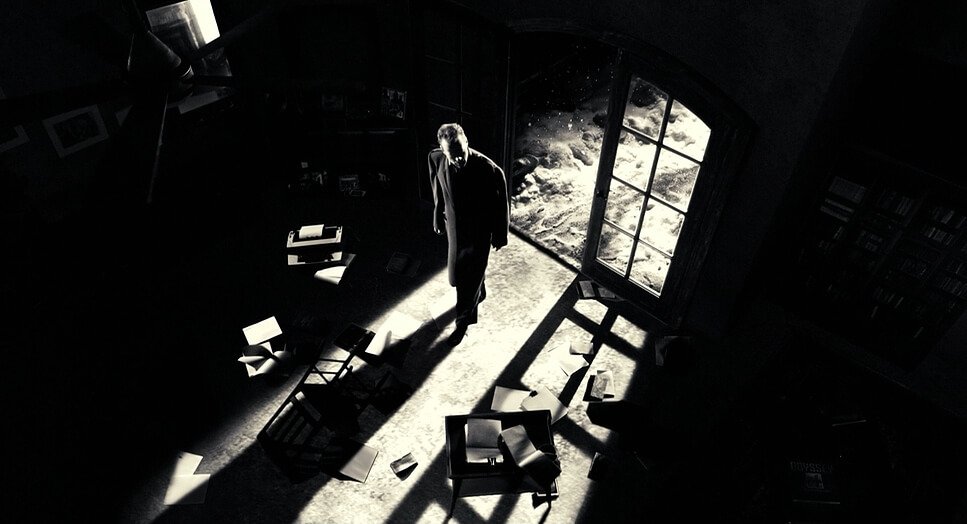
9. Use Movement and Motion
Incorporate movement and motion into your compositions to create a sense of dynamism and energy within your frame. This can be achieved through camera movement, subject movement, or the use of moving elements within the scene, such as flowing water or swaying trees.
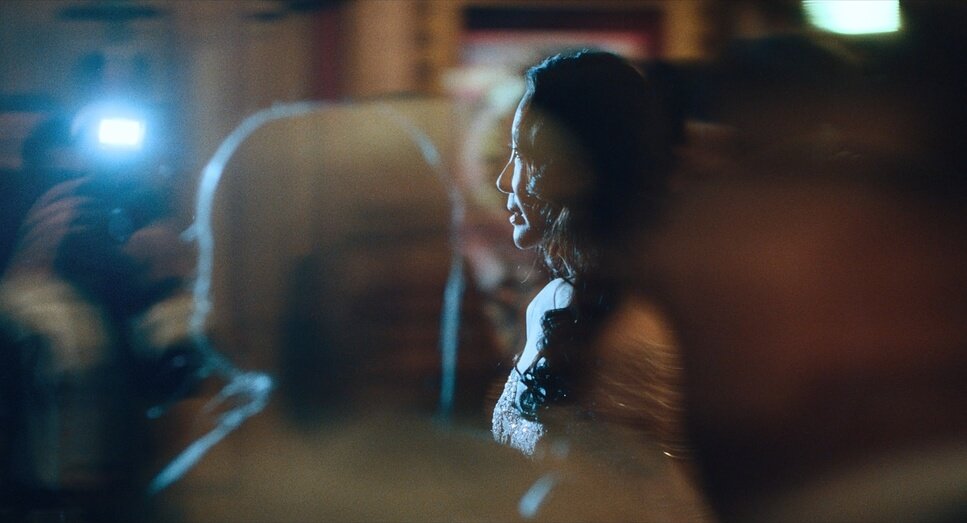
10. Keep the Background in Mind
When composing your shot, don’t forget to consider the background. A cluttered or distracting background can detract from your subject and weaken your composition. Conversely, a well-chosen background can enhance your subject and add depth and context to your scene.
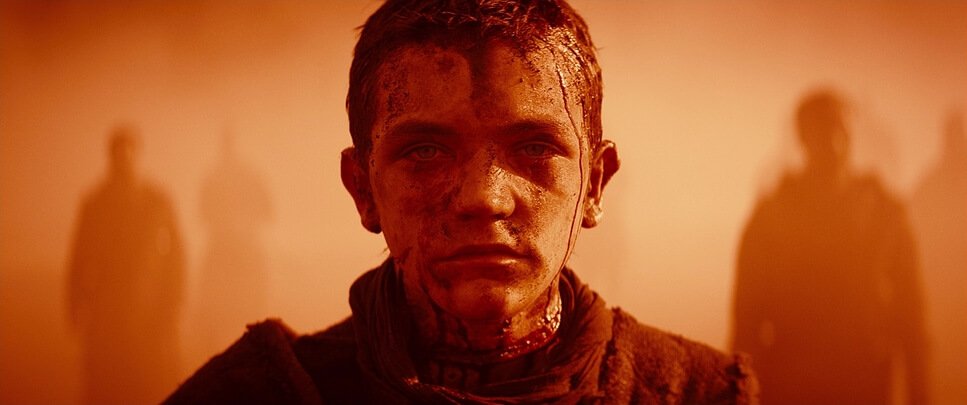
Framing and composition are essential aspects of filmmaking that can significantly impact the visual appeal and storytelling power of your film. By understanding and mastering these concepts, you can create engaging, emotionally impactful, and visually stunning films that resonate with your audience.
Remember, the key is to experiment with different techniques, break the rules when necessary, and always keep your story and characters at the heart of your compositions. Happy filmmaking!
Frequently Asked Questions
What are examples of framing composition?
Examples of framing composition include using natural elements like trees, doorways, and windows to direct attention to the main subject of the image, as well as incorporating geometric shapes and lines to create a visually pleasing arrangement. By creatively utilizing these elements, photographers can guide the viewer’s eye to the intended focal point and enhance the overall impact of the image.
What are framing techniques?
Framing techniques involve positioning the subject within a visual boundary created by other elements in the scene. These techniques can include using natural frames, such as arches or tree branches, or man-made structures, like doorways or fences. Other techniques involve adjusting the camera angle or depth of field to emphasize the subject or using leading lines, patterns, and symmetry to guide the viewer’s eye toward the subject.
What is a basic composition in Filmmaking?
Basic composition in filmmaking refers to the arrangement of visual elements within a shot to effectively convey the intended message or emotion to the audience. This involves the careful selection of camera angles, shot sizes, and the positioning of actors and objects within the frame. Key principles of filmmaking composition include the rule of thirds, leading lines, and balance, which help create a visually engaging and impactful scene for the viewer.
What is the purpose of composition?
The purpose of composition is to create a visually appealing arrangement of elements within an image or a scene, guiding the viewer’s eye to the focal point and evoking a specific emotional response. In photography and filmmaking, the composition is essential for effectively telling a story, engaging the audience, and enhancing the overall impact of the visual medium. By mastering composition techniques, artists can convey their intended message and create a lasting impression on the viewer.